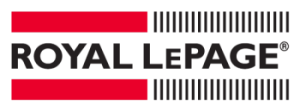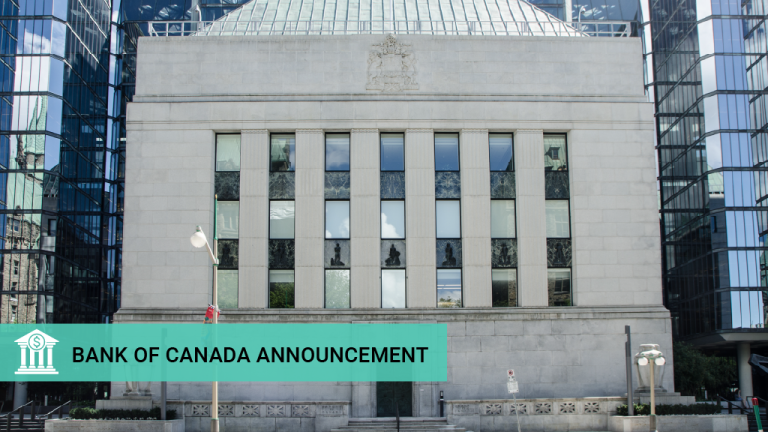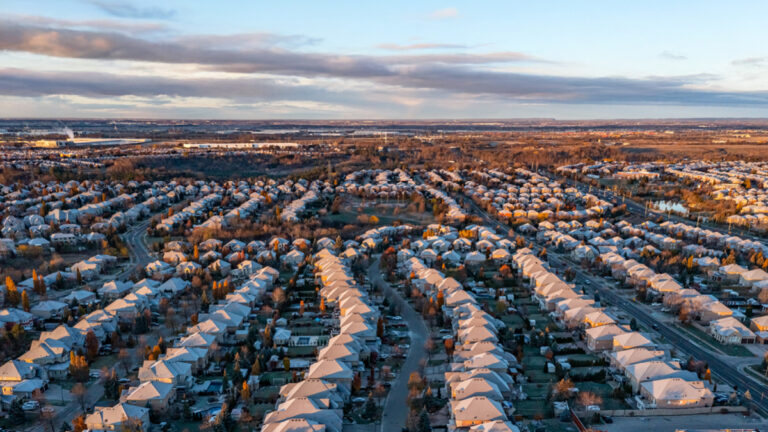
Transitiong from renter to homeowner can seem daunting, especially in a competitive real estate market with high interest rates and rising prices. However, with careful planning and an understanding of the key steps, this dream can become a reality.
Here’s a comprehensive guide to help you navigate the process:
1. Hire the right professionals
The best way to succeed in entering the real estate market is to be well-prepared. Surround yourself with professionals, such as a real estate broker, a mortgage specialist, and a financial advisor. These experts will be able to advise you at different stages of your home-buying process, helping you define your available budget and the type of property you can afford.
Working with a Royal LePage real estate professional offers you many advantages throughout the buying process. Your agent will give you the straight goods, guide and advise you every step of the way, and put you in touch with other key players, such as building inspectors, and legal and financial advisors. Their expertise and network can play a crucial role in bringing your real estate project to fruition.
2. Assess your financial situation
Analyze your borrowing capacity
Start by assessing your current financial situation. Calculate your income, expenses and debts to determine how much you can afford to borrow. Use online mortgage calculators to get an idea of your monthly payments under various scenarios.
Mortgage pre-qualification
Mortgage pre-qualification is a crucial step. It gives you a clear idea of how much you can borrow, and shows sellers that you’re a serious buyer. Contact several financial institutions to compare offers and find the best option for you. Your real estate agent can also refer you to mortgage partners.
3. Gather your down payment
Amount required
The minimum down payment in Canada is generally 5% of the purchase price for a property under $500,000. For properties between $500,000 and $1,000,000, you’ll need 5% on the first $500,000 and 10% on the remainder. For properties over $1,000,000, a minimum down payment of 20% is required.
Mortgage loan insurance
If your down payment is less than 20%, you’ll need to take out mortgage loan insurance with Sagen, the Canada Mortgage and Housing Corporation (CMHC) or Canada Guaranty. Premiums for this insurance can reach 4% of your loan amount, and can be added to your mortgage.
Funding sources
Your down payment can come from a number of sources, including personal savings or a gift from family. Two federal programs are also available to help you raise this amount (see section 5 for details on the Home Buyers’ Plan (HBP) and the First Home Savings Account (FHSA).
4. Plan for additional costs
Land transfer taxes
Land transfer taxes vary by province and municipality, and can add up to a considerable sum. Be sure to include this calculation in your budget.
The tax is calculated on the basis of the higher of the purchase price of the property, the sale price stated in the deed of transfer and the market value of the property at the time of transfer. Progressive rates are applied according to value brackets.
For example, in Quebec, more specifically in Montreal, the land transfer tax for a property valued at $700,000 would be $9,571. In Ontario, the tax is 1.5% for the first $55,000, 2% for amounts between $55,000 and $250,000, and so on. In Toronto, an additional municipal land transfer tax is also applied.
Transaction costs
Allow approximately 1.5% to 4% of the purchase price for transaction costs, including closing costs and legal fees, building inspection and prepaid adjustments.
5. Consider home ownership assistance programs
The federal government offers several financial programs to help Canadians enter the real estate market.
- First-Time Home Buyers’ Tax Credit (HBTC): First-time homebuyers acquiring a qualifying home can claim a non-refundable tax credit of up to $1,500. The value of the HBTC is calculated by multiplying $10,000 by the lowest personal income tax rate. This credit can be claimed at the time of income tax filing following the purchase of your first property.
- Home Buyers’ Plan (HBP): The Home Buyers’ Plan (HBP) allows you to withdraw from your Registered Retirement Savings Plans (RRSPs) to buy or build a qualifying home. In its 2024 budget, the Government of Canada announced an increase to the withdrawal limit from $35,000 to $60,000.
- First Home Savings Account (FHSA): Launched by the Government of Canada in April 2023, this program allows you to save up to $40,000 tax-free for the purchase of your first home. The FHSA combines elements of a Tax-Free Savings Account (TFSA) and a Registered Retirement Savings Plan (RRSP), allowing users to make tax-deductible contributions and tax-free withdrawals from the account.
6. Find your dream home
Research and visits
These days, everyone can do their own property searches online, but your real estate agent has more precise research tools, as well as a thorough knowledge of their local market. This gives you an advantage, since they’ll be able to advise you by matching your needs to the right neighbourhood, and to the ideal property for you. During visits, they’ll be able to offer observations on the property’s condition and spot potential problems, even before the building inspection.
Make an offer
Once you’ve identified your ideal home, your real estate professional will help you draw up a competitive purchase offer that takes into account your deadlines, budget and financing or inspection conditions. They will represent you to the sellers and advise you on negotiating and presenting a counter-offer, if necessary.
7. Finalize your first home purchase
Home inspection
A thorough inspection of the property by a certified professional can reveal issues not visible to the naked eye, such as structural problems, water damage, electrical or plumbing concerns, and termite or other pest infestations. Knowing about these issues in advance allows you to make an informed decision. What’s more, you may be able to ask the seller to make repairs based on the inspection report as a condition of the sale.
Obtaining final financing
To obtain a mortgage, you’ll need to provide detailed financial documentation to your lender. This includes your bank statements, pay stubs, notices of assessment, and any other information on your debts and assets.
Buying a home in a competitive real estate market requires preparation and perseverance. By following these key steps, you can move from renter to homeowner with confidence. Consult a real estate professional to guide you through the process.
We wish you every success on your path to home ownership!







